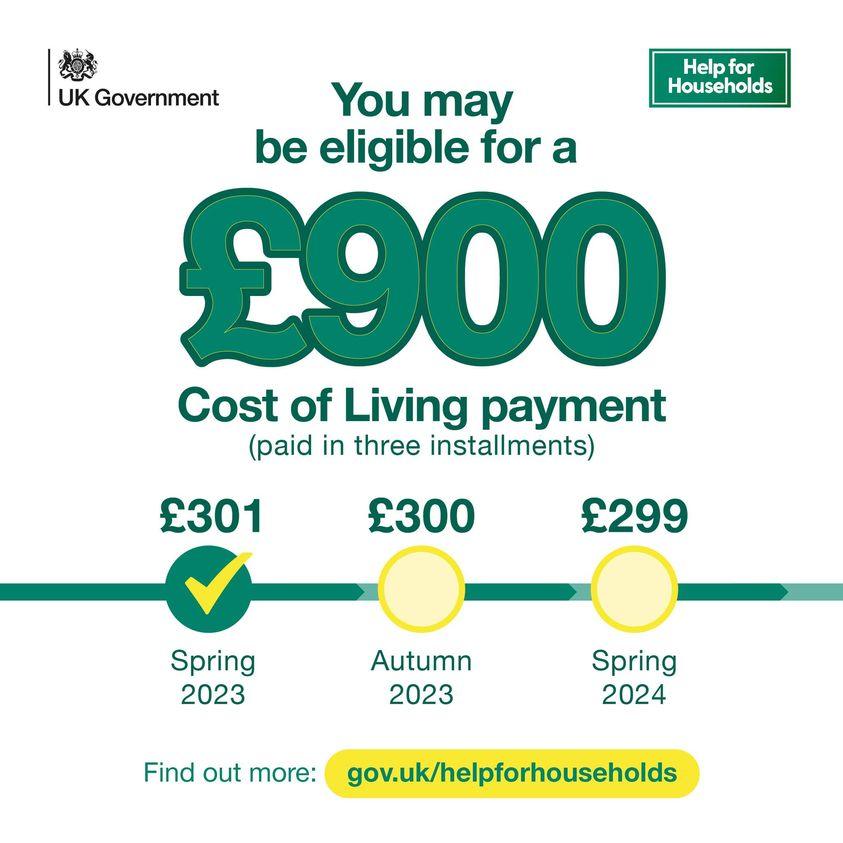Understanding the DWP Cost of Living Payment

Introduction to the DWP Cost of Living Payment
The Department for Work and Pensions (DWP) has been taking significant steps to address the growing concerns regarding the cost of living crisis across the United Kingdom. As the cost of essential goods and services rises, the DWP has introduced specific payment measures aimed at providing financial relief for vulnerable households. Understanding this payment is crucial for millions of Britons struggling to make ends meet in the current economic climate.
Details of the Cost of Living Payment
In 2023, the UK Government initiated a series of cost of living payments aimed at helping low-income households manage increased expenses. The DWP has outlined that eligible individuals and families can receive up to £1,200 in a combination of payments, which includes a £650 payment available to those on means-tested benefits, £150 for those on disability benefits, and £300 for pensioner households. These payments were announced as part of a broader response to soaring inflation rates and energy costs that are impacting a wide range of families across the nation.
Eligibility and Application
Eligibility for the DWP cost of living payment varies depending on individual circumstances, including income levels, benefits status, and household composition. Most recipients of Universal Credit, Housing Benefit, or other eligible benefits will automatically receive this payment; however, those not receiving benefits may need to apply through the government’s online service. The DWP advises beneficiaries to keep abreast of the timelines for these payments, which have been staggered throughout the year to ease the immediate financial burden.
The Impact and Future Projections
The DWP cost of living payment scheme has already shown a significant impact on households, helping to reduce financial stress during a turbulent economic period. Many families reported how the payment has provided essential support for buying food and paying bills. Economists predict that, while such measures are beneficial in the short term, ongoing discussions about long-term solutions for the cost of living crisis will be critical as inflation persists. The DWP may need to assess and possibly expand the criteria for eligibility to include more affected families, ensuring that no one falls through the cracks.
Conclusion
As the UK faces its cost of living challenges, understanding the DWP cost of living payment and its placement within broader government aid efforts is essential. Ongoing updates and policy adjustments will be key in addressing the needs of those most affected by economic fluctuations. Anticipation is high regarding further government initiatives, with advocates calling for more comprehensive plans to ensure financial stability for all UK residents.
